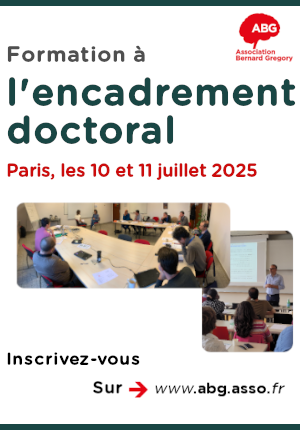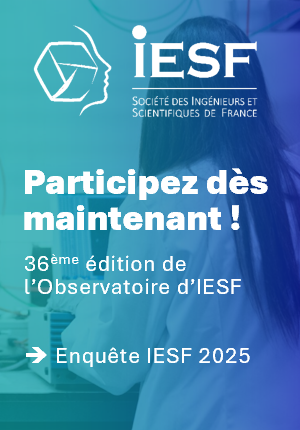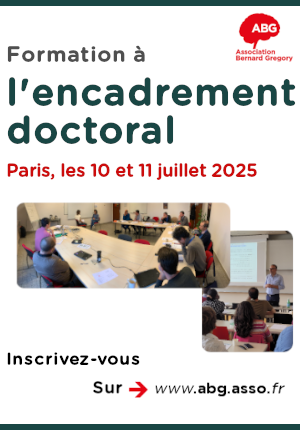Impact of storm waves on defence structures
| ABG-131406 | Sujet de Thèse | |
| 24/04/2025 | Contrat doctoral |
- Terre, univers, espace
Description du sujet
The overall aim of this research project is to gain a better understanding of the impact of storm
waves on defence structures, in the specific context of rocky coastlines. The study site is the Artha
breakwater protecting the bay of St Jean de Luz, which is regularly monitored by the IVS team of
the SIAME laboratory, combining measurements of impact pressures during storms using an
autonomous system (Poncet et al., 2022), hydrodynamic measurement campaigns during winter
and photogrammetric monitoring. In particular, we aim to understand how storm waves are able
to move 50t concrete blocks to the top of the dike on this particular site. The applications of this
work concern both coastal engineering (in-situ structure behaviour) and geosciences (cyclopean
block displacements - e.g., Cox et al., 2018).
The specific objectives of the thesis work include:
- Upstream of the impact on the seawall, understanding wave transformation in this type of
environment, which is distinguished from sandy beach systems by high roughness associated
with complex bathymetry. Based on existing experimental data and various spectral and/or
phase-resolved wave models, we will seek to discriminate the processes involved in the
transformation along the foreshore: breaking, friction, refraction, spectral transfers,
- In the near-field of the structure, Navier-Stokes modeling will be deployed to understand and
predict the forces imposed on the blocks by the largest waves documented in existing
databases,
- The final part of the work will focus on fluid-structure interaction, via modeling and theoretical
analysis, to understand why and how the concrete blocks that make up the breakwater's armor
can be mobilized by waves.
Nature du financement
Précisions sur le financement
Présentation établissement et labo d'accueil
Le laboratoire SIAME est une unité de recherche de l’Université de Pau et des Pays de l’Adour dont les recherches s’effectuent dans le domaine des sciences de l’ingénieur.
L'unité est structurée en 4 équipes :
Écoulements complexes et Energétique (EE),
Géomatériaux et Structures du génie civil (GS),
Interaction Vagues/Structures (IVS),
Procédés Haute Tension (PHT).
Les recherches s’appuient sur une expertise expérimentale, de la modélisation et des simulations numériques.
Site web :
Intitulé du doctorat
Pays d'obtention du doctorat
Etablissement délivrant le doctorat
Ecole doctorale
Profil du candidat
Master in physical oceanography, fluid mechanics or applied mathematics. Background on nearshore wave dynamics will be highly appreciated.
Vous avez déjà un compte ?
Nouvel utilisateur ?
Vous souhaitez recevoir nos infolettres ?
Découvrez nos adhérents
 Groupe AFNOR - Association française de normalisation
Groupe AFNOR - Association française de normalisation  ONERA - The French Aerospace Lab
ONERA - The French Aerospace Lab  Ifremer
Ifremer  Institut Sup'biotech de Paris
Institut Sup'biotech de Paris  Nokia Bell Labs France
Nokia Bell Labs France  PhDOOC
PhDOOC  CASDEN
CASDEN  Laboratoire National de Métrologie et d'Essais - LNE
Laboratoire National de Métrologie et d'Essais - LNE  ASNR - Autorité de sûreté nucléaire et de radioprotection - Siège
ASNR - Autorité de sûreté nucléaire et de radioprotection - Siège 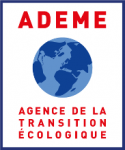 ADEME
ADEME  MabDesign
MabDesign  Aérocentre, Pôle d'excellence régional
Aérocentre, Pôle d'excellence régional  SUEZ
SUEZ  CESI
CESI 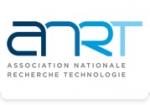 ANRT
ANRT  Généthon
Généthon  MabDesign
MabDesign  Tecknowmetrix
Tecknowmetrix  TotalEnergies
TotalEnergies

